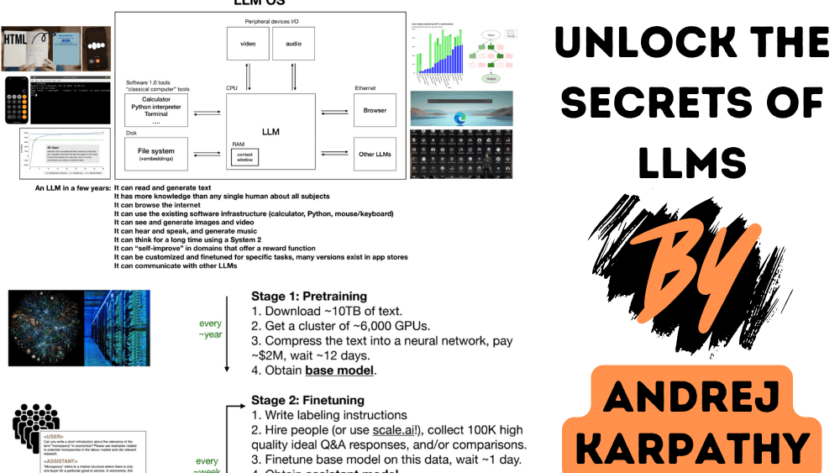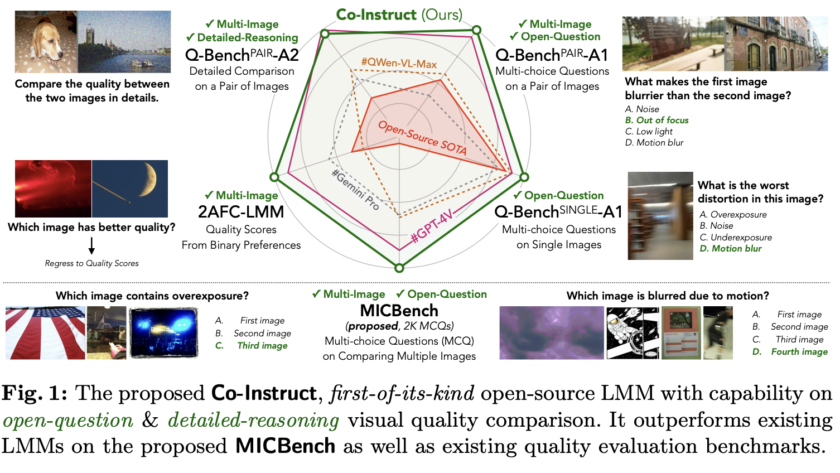Image by Editor
Have you heard of Andrej Karpathy? He's a renowned computer scientist and AI researcher known for his work on deep learning and neural networks. He played a key role in the development of ChatGPT at OpenAI and was previously the Sr. Director of AI at Tesla. Even before that, he…











